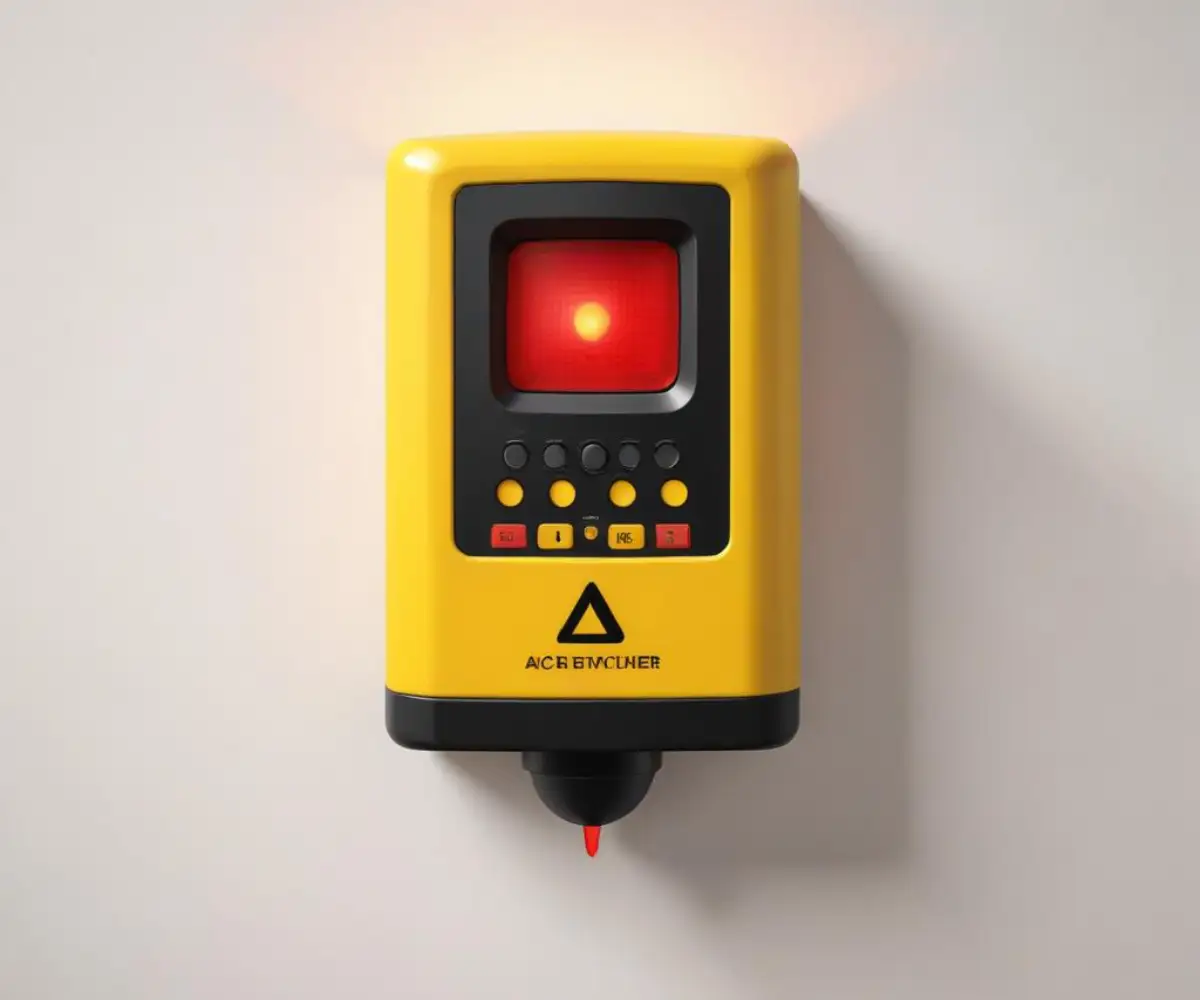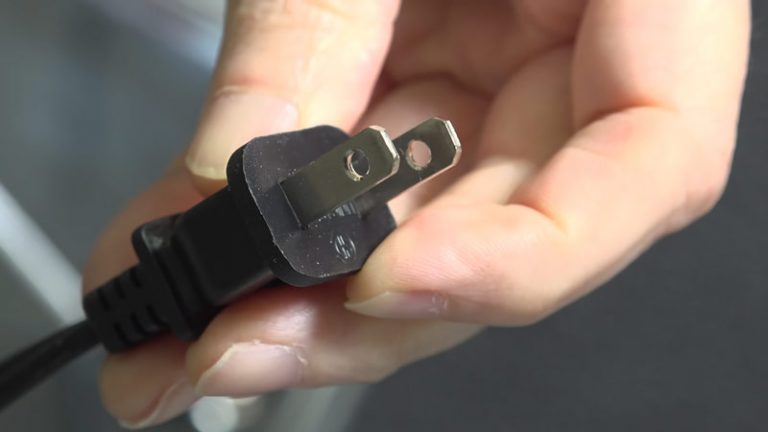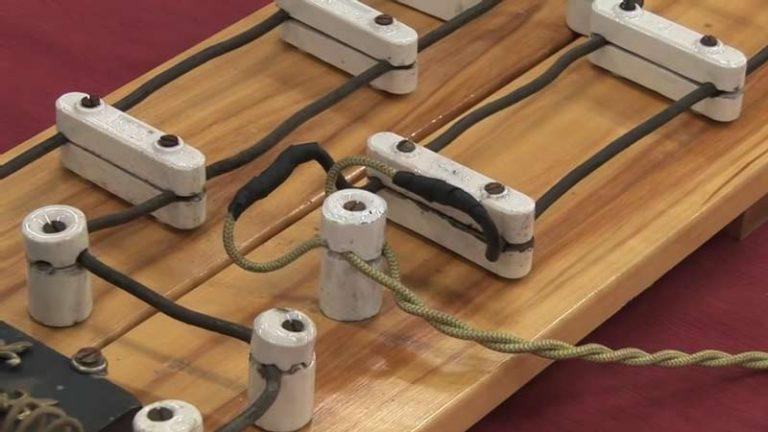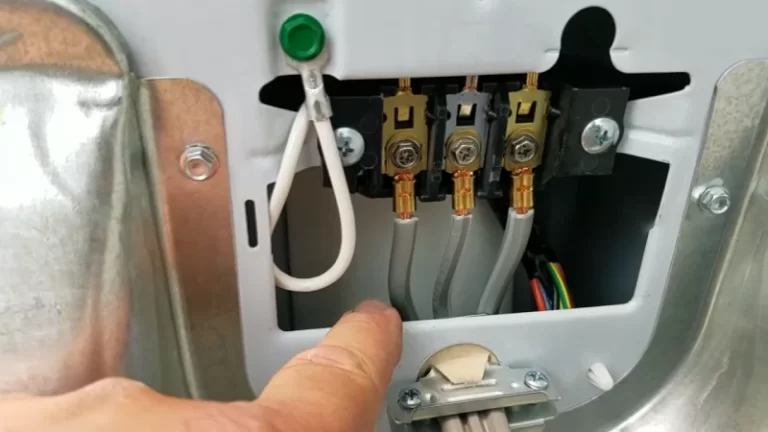Stud Finder AC Warning On Entire Wall? Stop Drilling Immediately
You’re ready to hang a new shelf, a heavy mirror, or mount a TV. You grab your stud finder, slide it across the wall, and instead of a reassuring beep indicating a stud, a different light flashes—the AC warning. Even more unsettling, it’s not just in one spot; the AC warning stays on across the entire wall. This blinking red light is your tool’s way of screaming, “Danger!”
An AC warning across a whole wall is a confusing and alarming signal that should never be ignored. It indicates that the stud finder is detecting a broad electrical field, and proceeding to drill or nail could lead to electrocution, severe electrical damage, or even a fire. Understanding why this happens is the first step toward safely completing your project.
You'll Learn About
Why Is My Stud Finder Detecting AC Everywhere?
When a stud finder’s AC warning illuminates across an entire surface, it’s rarely a sign that the whole wall is packed with live wires. Instead, it usually points to specific materials or conditions within the wall that are either conducting or distorting electrical fields, confusing your tool’s sensors. Here are the most common reasons for this widespread warning.

The #1 Culprit in Older Homes: Plaster and Metal Lath
If your home was built before the 1950s, there’s a strong possibility it has plaster and lath walls. Instead of drywall sheets, these walls were constructed with thin wooden strips (lath) or a wire mesh (metal lath) nailed to the studs. Plaster was then applied over this framework.
Metal lath is the most significant cause of a wall-wide AC warning. This metal mesh, which provides a backing for the plaster, can pick up the electromagnetic field from any nearby electrical wiring and spread it across the entire wall surface. Your stud finder isn’t detecting hundreds of wires; it’s detecting one large, energized metal grid, making it impossible to distinguish safe spots from dangerous ones.
Hidden Conductors: Foil-Backed Insulation or Sheathing
Modern and retrofitted homes might have foil-backed insulation installed within the wall cavities for thermal or vapor barrier purposes. Similar to metal lath, this metallic foil layer can conduct and broadcast the electrical field from a single nearby wire, causing your stud finder to give a continuous AC alert.
This is especially common on exterior walls or walls separating the house from a garage. The widespread reading is a classic sign that a large, conductive sheet of material is present just behind the drywall.
Tool Sensitivity and Calibration Issues
Sometimes, the problem lies with the tool itself. Many stud finders have highly sensitive AC detectors that can be triggered by wiring that is several inches away. If the sensitivity is set too high, or if the device isn’t calibrated correctly, it can give false positives over a wide area.
Proper calibration is critical. Most electronic stud finders require you to place them on the wall before pressing the power button. This allows the tool to measure the density and composition of the immediate area and establish a baseline. Calibrating it in the air or over a stud can lead to inaccurate readings, including persistent AC warnings.
The Most Dangerous Possibility: A “Hot” Wall
Though rare, a continuous AC warning could indicate a genuinely hazardous situation. An improperly installed or damaged electrical wire might be making direct contact with a conductive material inside the wall. This could be a metal pipe, ductwork, or the corner bead of the drywall.
In this scenario, a significant portion of the wall could be energized, posing a severe risk of electric shock. If you have any reason to suspect this—such as flickering lights, buzzing sounds, or a tingling sensation when touching the wall—do not proceed any further and call a qualified electrician immediately.
Your Action Plan: A Step-by-Step Guide to Troubleshooting
Seeing that AC warning everywhere can be frustrating, but a systematic approach will help you diagnose the issue and find a safe way forward. Do not drill or nail anything until you’ve completed these steps.
Step 1: Stop and Assess the Situation
The first and most important step is to pause. The AC warning is there for your safety. Take a moment to look for clues. Are there numerous outlets or light switches on the wall? Is it an exterior wall? Does the house have known older construction, like plaster?
Step 2: Rule Out Tool Error
Before assuming the wall is the problem, check your stud finder. Replace the battery with a fresh one, as low power can sometimes cause erratic behavior and false AC warnings. Next, test the stud finder on a different wall in your home where you know there are no widespread issues. If it works correctly elsewhere, the problem is with the wall, not the tool.
Try recalibrating your device. Place it flat against the wall in question, a few feet away from any known outlets, then press and hold the power button. Slide it slowly. If the problem persists, sometimes grounding the wall by placing your other hand flat against it a foot away from the scanner can help dissipate static electricity and reduce false signals.
Step 3: The Circuit Breaker Test
This is a critical diagnostic step to determine if the AC warning is legitimate. Go to your electrical panel and shut off the circuit breaker that supplies power to the room you’re working in. If you’re unsure which breaker it is, you can turn off the main breaker to cut power to the entire house.
With the power off, scan the wall again. If the AC warning disappears, you have confirmed there is live wiring within the wall influencing the sensor. If the AC warning remains even with the power off, the cause is almost certainly a material like metal lath or foil insulation, as these materials can retain a capacitive charge or simply interfere with the sensor’s operation.
Step 4: Use Alternative Methods to Find Studs
If your electronic stud finder is being thrown off by materials in the wall, it’s time to turn to more traditional, low-tech methods. Sometimes a tool can be misleading, as discussed in articles about when a stud finder beeps but no stud is present.
- The Knock Test: Make a fist and tap gently along the wall. You will hear a hollow sound between studs and a more solid, dull thud when you knock over a stud.
- Look for Outlets and Switches: Electrical boxes for outlets and switches are almost always attached to the side of a stud. You can assume there is a stud on one side of the box. From there, studs are typically spaced 16 inches or 24 inches apart on-center.
- Use a Strong Magnet: This is one of the most reliable methods. Drywall is attached to studs with metal screws or nails. By sliding a strong neodymium magnet across the wall, you can pinpoint the exact location of these fasteners, and by extension, the studs.
Step 5: Use a More Precise Tool
A stud finder’s AC detector is a general warning system, not a precise locator. For a more accurate reading, use a Non-Contact Voltage Tester (NCVT). This pen-shaped tool is designed specifically to detect voltage. It will beep or light up only when it is very close to a live wire, allowing you to trace the path of wiring more precisely than a stud finder can.
| Detection Method | How It Works | Pros | Cons |
|---|---|---|---|
| Stud Finder (AC Scan) | Detects broad electromagnetic fields. | Good initial warning system. | Prone to false positives from metal lath, foil, and high sensitivity. |
| Non-Contact Voltage Tester (NCVT) | Senses voltage in close proximity to a wire. | Much more precise for locating specific wires. | Only detects live wires; requires power to be on. |
| Strong Magnet | Finds metal drywall screws or nails in studs. | Extremely reliable for locating studs; not affected by electrical fields. | Does not detect wiring at all. |
| Visual Inspection | Uses outlets/switches as reference points. | Simple and requires no special tools. | Relies on standard stud spacing, which isn’t always followed. |
When to Stop and Call an Electrician
While many cases of a wall-wide AC warning can be diagnosed and worked around, certain situations demand professional expertise. Your safety is paramount, and some risks are not worth taking.
Call a licensed electrician immediately if you experience any of the following:
- You get a shock or tingling sensation from touching the wall. This is a sign of a serious electrical fault that could be life-threatening.
- The AC warning persists after you’ve shut off all power. While likely due to metal lath, it’s worth getting a professional opinion before drilling.
- You suspect a hidden junction box or a dangerous, ungrounded wire. Sometimes, previous renovations can hide problems like an outlet inside the wall, creating a major fire hazard.
- You are not 100% confident in your ability to locate studs and wiring safely. A service call fee is a small price to pay for peace of mind and to avoid a catastrophic mistake.
Ultimately, a stud finder’s AC warning is a critical safety feature. When it activates across an entire wall, it’s an invitation to investigate, not to take a chance. By using a calm, methodical process of elimination, you can uncover the true cause and ensure your project is completed safely and successfully.



